If I use this ferrite bead for a USB cable, what can be said about the noise attenuation for 1 MHz and 10 MHz.
The plot only shows the impedance versus frequency, whereas I would like to see the attenuation roughly for a USB cable's interference. I would like to see how much a 1 MHz and 10 MHz interference would attenuate.
Noise originating from the PC and through USB Hub goes into the System. This happens when a nearby device next to PC is activated like motor. All I want to suppress and try if I can attenuate the noise coming through earth or mains through USB cable first.

